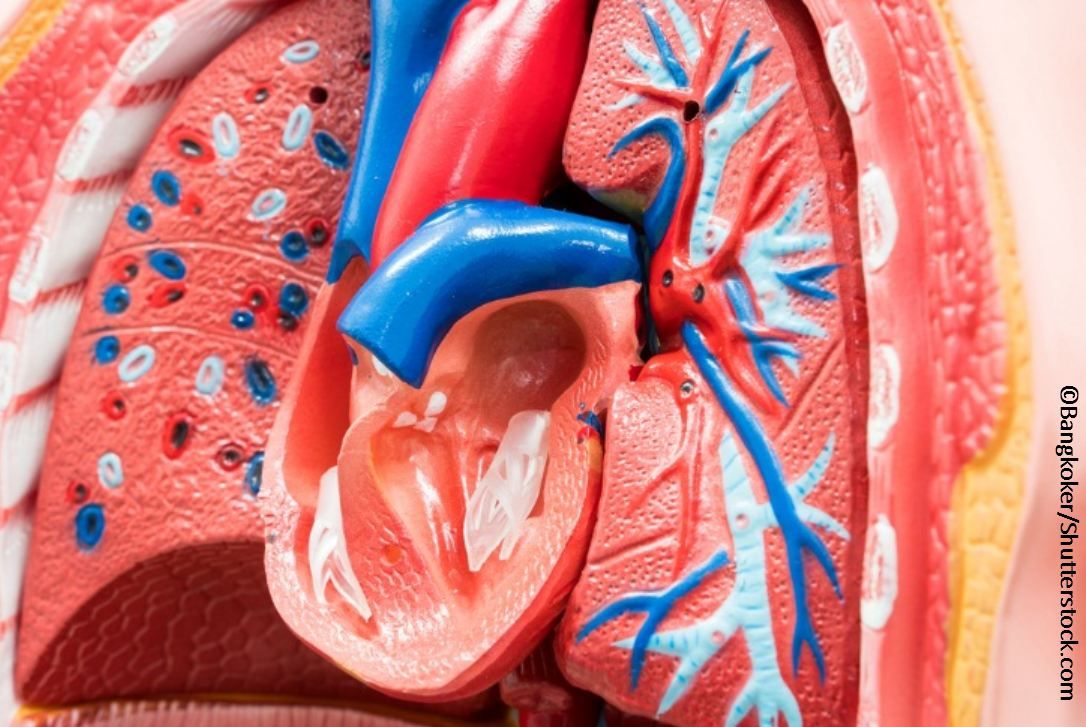PAH Associated with SLE: A Step Toward a Clinical Profile
Pulmonary arterial hypertension is a rare, but deadly complication of systemic lupus erythematosus. French investigators sought to identify clinical features of patients with both.

Pulmonary arterial hypertension (PAH) is a rare, but highly morbid complication of systemic lupus erythematosus (SLE). The characteristics of patients with SLE-PAH have not been well described in large, well-phenotyped cohorts. Hachilla and colleagues addressed this knowledge gap by comparing clinical features of patients with SLE-PAH in the French Pulmonary Hypertension Registry to patients with SLE without PAH (selected from SLE expert centers).
SLE-PAH was defined according to consensus recommendations.
A total of 51 patients with SLE-PAH were compared with 101 patients with SLE but no evidence of pulmonary hypertension on screening echocardiogram. There were no differences in age, gender, or duration of SLE between groups. The investigators did identify a higher prevalence of auto-antibodies (anti-Sm, anti-SSB, anti-SSA) among subjects with SLE-PAH.
The average time interval from SLE diagnosis to recognition of PAH was 4.9 years (range 2.8-12.9 years). Most patients with SLE-PAH had advanced NYHA functional class heart failure at the time of PAH diagnosis (71% NYHA class III or IV); 0/40 had a positive acute response to vasodilator testing. In univariate analysis, higher pulmonary vascular resistance and lupus nephritis were associated with worse survival. Use of hydroxychloroquine was associated with a trend toward improved survival. The authors urged caution in interpreting this result because nearly all subjects with SLE-PAH were on hydroxychloroquine. Survival at 3 years was 89%. Of note, no patients with anti-U1-RNP antibodies (0/14) died during the 10-year follow-up.
The authors also compared the French cohort to other published studies. The age, severity of disease, and survival rates were similar across several cohorts. One notable difference was that the association between anti-U1-RNP antibodies and PAH observed in a Chinese cohort was not replicated in the French cohort, suggesting ethnicity may play a role. Renal disease is an established independent prognostic factor in both SLE and PAH. In this study, renal involvement in patients with SLE-PAH was associated with a marked increase in the risk of mortality (HR 12.71, 95% CI 2.07-60.52) and was the strongest prognostic factor. The potential protective effect of hydroxychloroquine is intriguing because this class of medication prevents degradation of the BMPR2 receptor and low BMPR2 expression is a prominent feature of PAH.
The observational nature of these data do not suggest clinical practice should change but clinical trials may be warranted to test the prognostic effects of hydroxychloroquine against other agents used to treat SLE.
Source: Hachulla E, Jais X, Cinquetti G, et al. Pulmonary arterial hypertension associated with systemic lupus erythematosus: results from the French Pulmonary Hypertension Registry. CHEST. 2018;153:143-151.